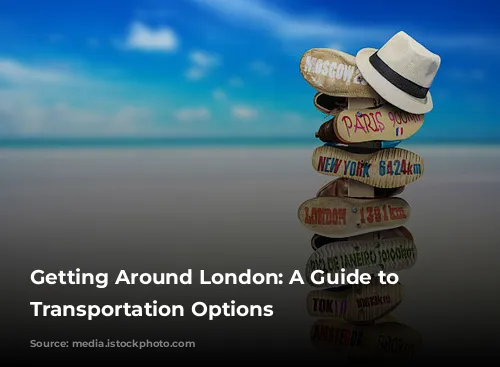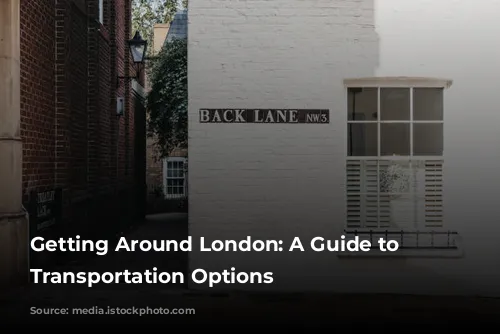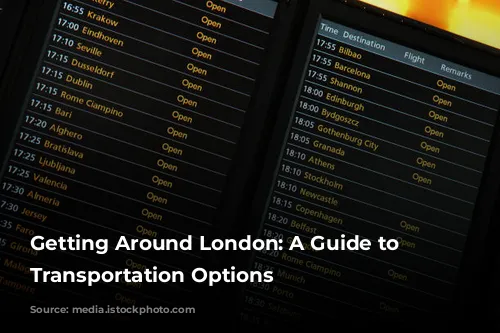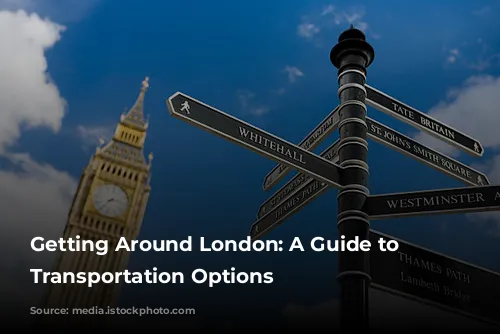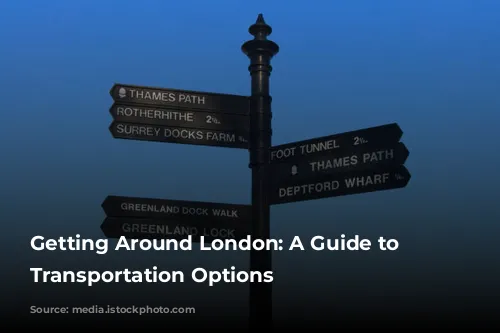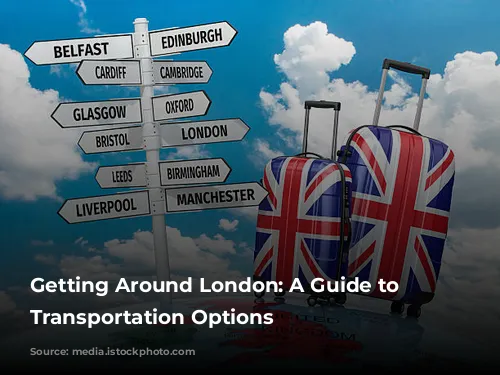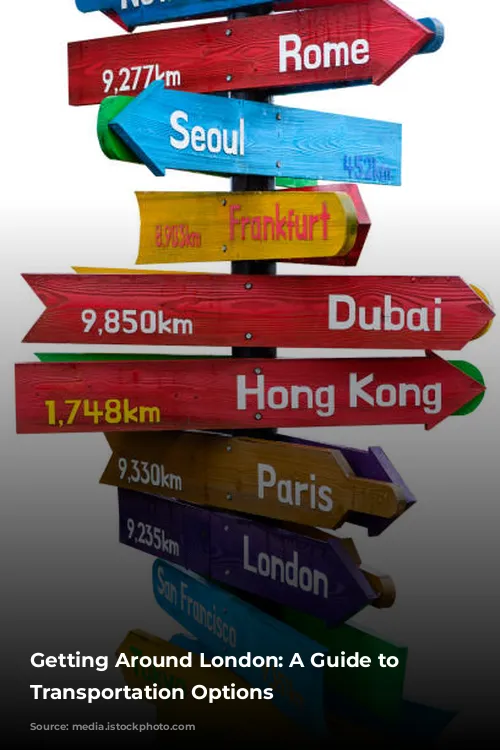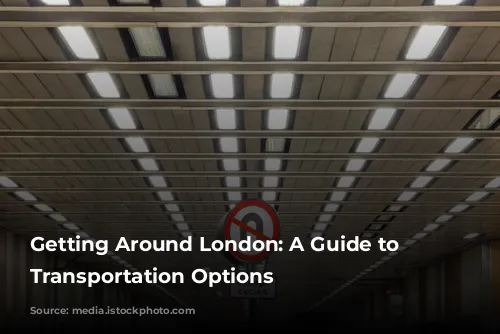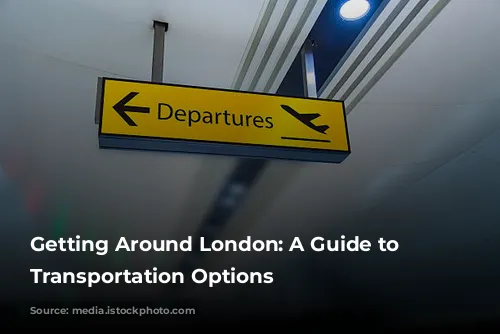London’s public transportation system is a dream come true! You can effortlessly navigate the city without relying on cars or ride-sharing services. It’s a breeze to hop on a tube or bus and explore all the amazing sights London has to offer.
Navigating the City: Your Guide to London’s Public Transportation
Finding your way around London’s public transportation network is simple. Just open Google Maps, enter your starting point and destination, and select the public transportation icon. The app will then provide you with all the available tube and bus routes, along with estimated departure and arrival times. You’ll be a seasoned London commuter in no time!
Walking is another fantastic way to explore the city. Strolling through London’s bustling streets alongside other pedestrians is a joy. And, don’t worry about safety! I felt perfectly safe walking around London, even as a solo traveler, in all the areas I visited.
Making Your Way: Payment Options for Public Transportation
Now let’s talk about how to pay for those seamless journeys around London. You’ve got several options to choose from, and luckily, Transport for London (TfL) has an informative website that details each payment method. However, I’m going to provide a condensed version with my own insights and experiences.
The Oyster Card
The Oyster Card, a small blue plastic card resembling a credit card, is a classic way to pay for London’s public transportation. You can pick one up at any tube station. Just head to a kiosk and choose your desired card type (Oyster Card or Visitor Oyster Card) and load it up with your credit card or cash. Remember, each person needs their own Oyster Card, so if you’re traveling with others, be sure everyone grabs their own.
The Oyster Card is your ticket to the entire London transportation network, including the tube and buses. It even comes with a daily cap, which means you’ll save money if you’re taking the tube multiple times in a day. This is a lifesaver when you’re exploring London’s countless attractions!
Visitor Oyster Cards offer slightly fewer benefits than regular Oyster Cards, but the main perk is the ability to have them shipped directly to your home before your trip. However, obtaining a regular Oyster Card at tube stations is so easy, it’s not a major inconvenience to skip the Visitor Oyster Card.
Contactless Payments
A more recent addition to London’s payment system, contactless payments have revolutionized how we ride the tube and buses. Since 2023, you can use your contactless credit card or digital wallet (like Google Pay or Apple Pay) to pay. Just tap your card or phone where you would normally tap an Oyster Card.
The best part? Contactless payments offer the same daily cap benefit as Oyster Cards! Just ensure you use the same card for your entire day of travel to maximize your savings.
Travelcards
Travelcards are prepaid cards you can purchase for unlimited travel within designated zones in London. If you’re planning a longer stay of seven days or more, a 7-day Travelcard is an excellent value. It provides unlimited travel for the price of five days!
When purchasing an Oyster Card in London, you’ll be given the opportunity to buy a 7-day Travelcard and load it onto your Oyster Card. Remember, Travelcards can only be loaded onto regular Oyster Cards, not Visitor Oyster Cards.
For stays of six days or less, skip the Travelcard and stick with an Oyster Card or contactless payment. This will save you money thanks to the daily cap.
The London Underground: A Historic Journey
The
London Underground
, affectionately known as “the
Tube
,” is the world’s oldest subway system, dating back to 1863. It’s the fastest and most convenient way to zip around London. I’ve used it numerous times a day during my visits to London, and it’s always a reliable way to get around.
The Tube has undergone significant upgrades over the past century and a half, but many stations remain inaccessible for those who can’t navigate stairs. However, a number of stations are accessible, which are marked with the International Symbol of Access (ISA), an icon of a person in a wheelchair, on the Tube map.
When entering any tube station, you’ll need to tap your Oyster Card, contactless credit card, or digital wallet to pass through the turnstiles. Don’t forget to tap again on your way out! Make sure your card or phone is ready for a smooth exit.
Each tube station provides a map of the lines that run through it and the stops they make. Before arriving at a tube station, identify the stop or tube station closest to your destination.
Beyond Public Transportation: Exploring Other Options
Ridesharing in London
Uber, Lyft, and Bolt all operate within London. These services are available through their respective apps if you have cellular service or Wi-Fi. If you’re coming from the U.S., Bolt may be a new name as it doesn’t operate in North America. While I haven’t used Bolt in London, I found it to be very reliable and affordable in Malta.
Bolt is typically cheaper than Uber and Lyft, but be aware that some people have reported longer wait times for Bolt rides in London, so keep that in mind if you’re in a rush.
All three ridesharing apps offer scheduled rides. This is a great option for early morning rides to the airport or other situations where you might not be able to find an on-demand ride at the time you need it.
Cycling and Scooters
London is a city with a vast network of bike paths that are accessible to bikes and scooters, including electric ones. Keep in mind that bikes and scooters are not permitted on sidewalks. For information about bringing bikes and scooters onto public transportation, check the Transport for London (TfL) official website.
While the city does offer great cycling options, I wouldn’t recommend riding a bike or scooter as your primary mode of transportation, especially if you’re visiting London for the first time. It can be more of a hassle than a convenience. Walking and public transportation are my preferred choices!
The Joy of Walking in London
London is a tremendously walkable city. You’ll often find many people strolling through the city, and I love this aspect of London culture. I can easily walk 5-10+ miles a day while exploring the city! Even on rainy days, you’ll see Londoners out and about, bundled up in warm coats, rain boots, and umbrellas.
Walking is a fantastic way to discover hidden gems that you wouldn’t necessarily plan to see. It’s a great way to soak in the city’s unique atmosphere and truly experience the spirit of London.
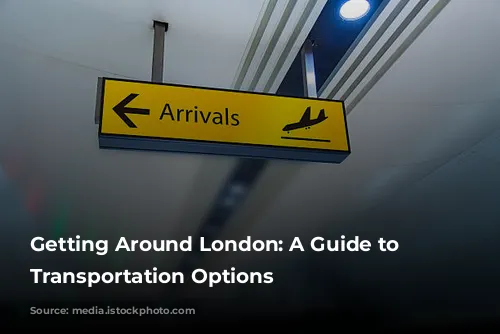
Conclusion
London’s diverse transportation options make it easy to navigate the city and explore all it has to offer. From the efficient and historic tube to the convenience of contactless payments, you’ll have no trouble getting around. And for those who prefer to explore on foot, London is a walker’s paradise. Embrace the city’s walkability, and you’ll find yourself uncovering hidden gems and experiencing the true essence of London.
